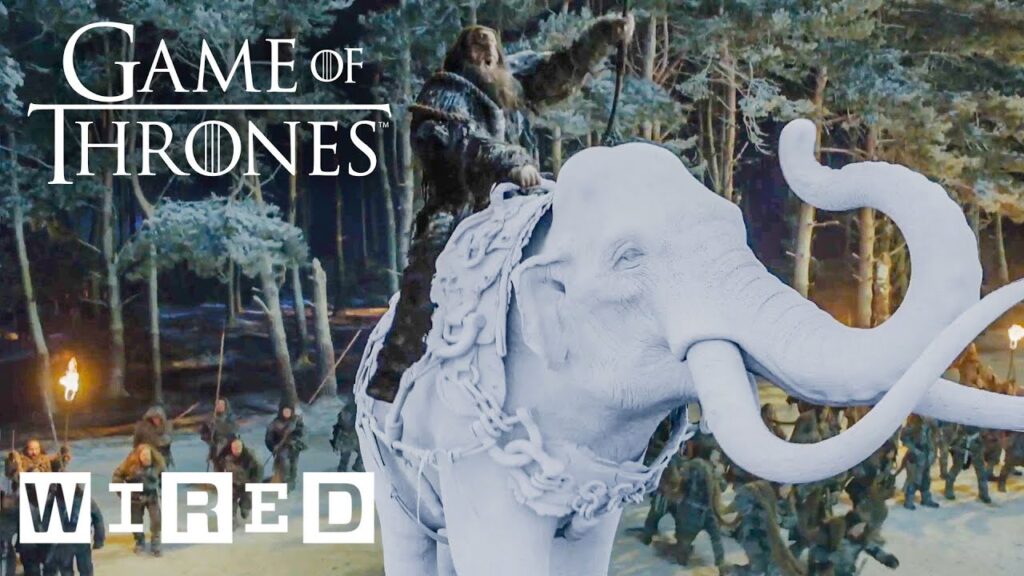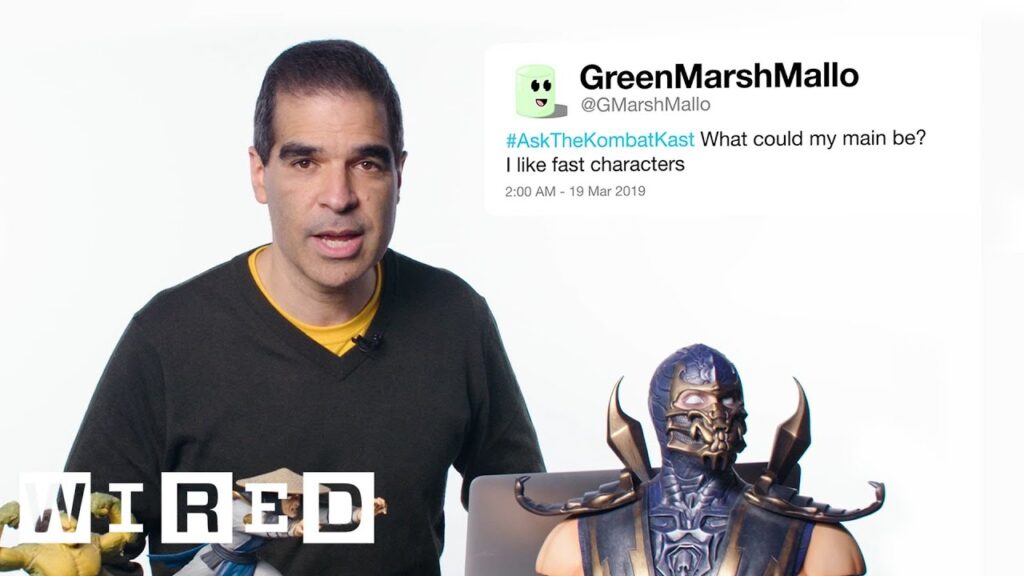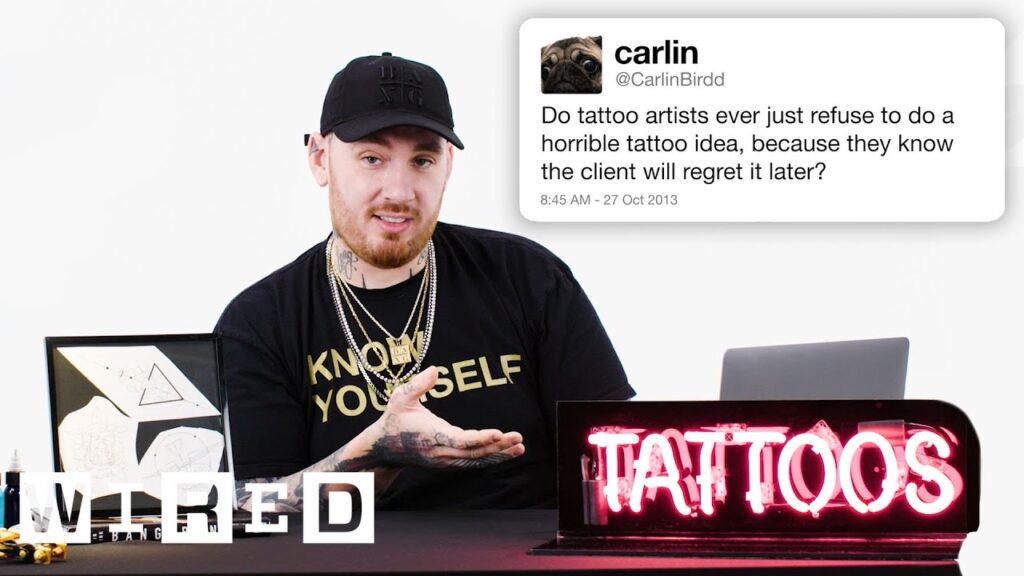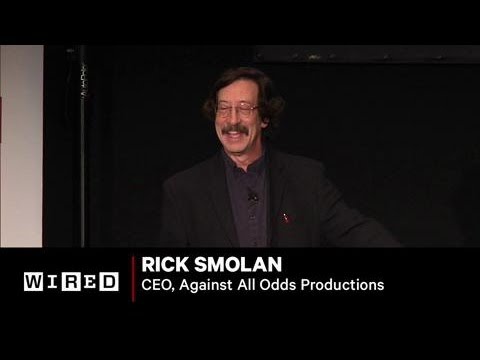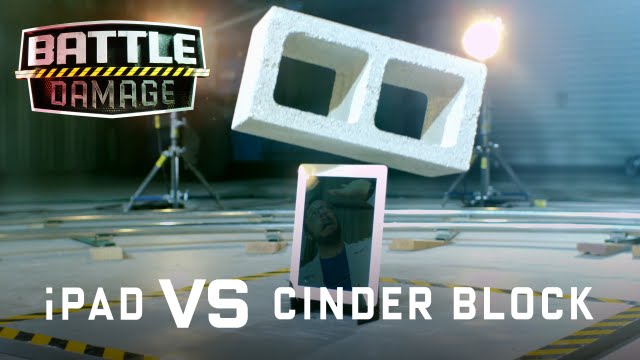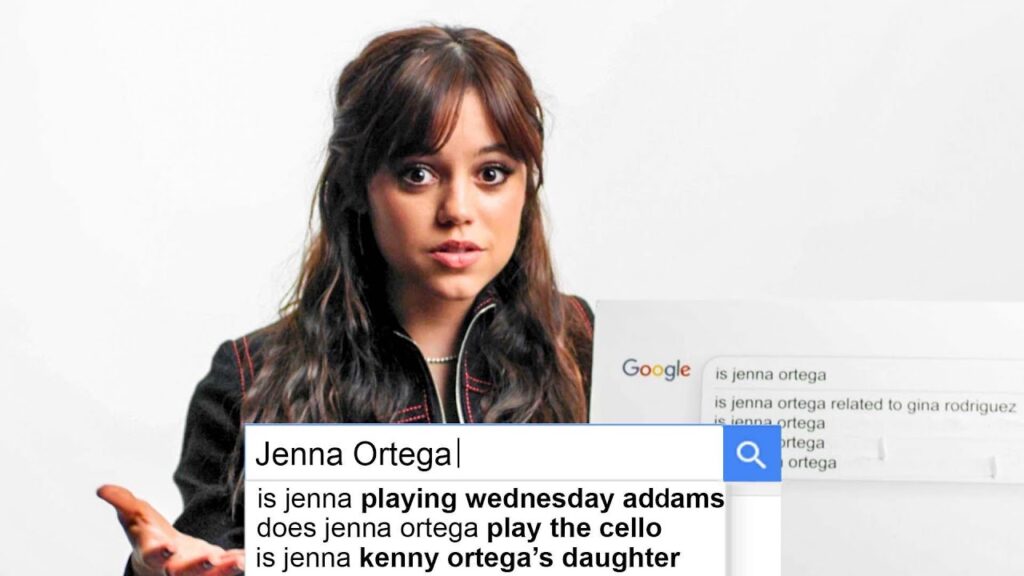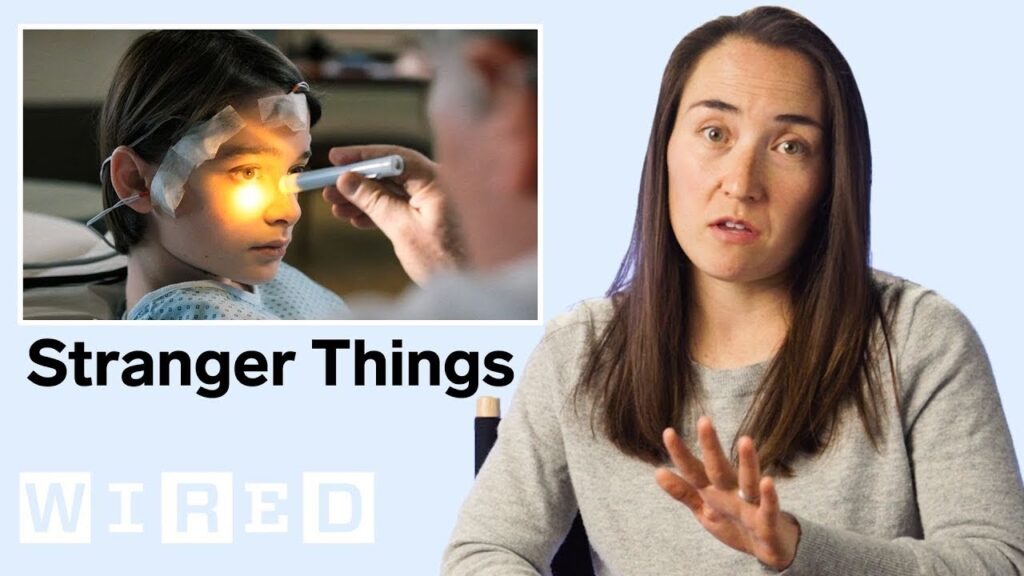Marvel’s Agent Carter: Behind the Scenes with ILM’s VFX Supervisor
Summary
In this article, we will be discussing the challenges faced by the Industrial Light and Magic (ILM) team in creating the visual effects for Marvel’s Agent Carter TV series. We’ll explore the techniques used by ILM to deliver feature film-level effects on a weekly television schedule, examine some of the more complex sequences from the show, and shine a light on the contributions of key team members, including series VFX Supervisor Sheena Douga.
Table of Contents
- Introduction
- What were some of the challenges faced by the ILM team in creating the visual effects for Agent Carter?
- Can you explain the techniques used by ILM to deliver feature film-level effects on a weekly television schedule?
- Can you give some examples of complex sequences from Agent Carter that required advanced visual effects?
- Who were some of the key team members that contributed to the success of Marvel’s Agent Carter?
- Conclusion
Introduction
Marvel’s Agent Carter is a TV series that explores the early years of S.H.I.E.L.D. Agent Peggy Carter, played by Hayley Atwell, following the events of the first Captain America film. The show presents a range of unique challenges for its VFX team, including complex period drama settings and the integration of Marvel-specific visual effects.
What were some of the challenges faced by the ILM team in creating the visual effects for Agent Carter?
One of the main challenges faced by the ILM team was the punishing TV schedule and constant delivery date. To overcome these hurdles, the team relied on well-controlled green screen and set extension work, which was filmed by cinematographer Gabriel Beresta under the supervision of series VFX Supervisor Sheena Douga. Another challenge was ensuring that the effects delivered were at the same level of quality audiences had come to expect from feature films in the Marvel Universe.
Can you explain the techniques used by ILM to deliver feature film-level effects on a weekly television schedule?
To deliver feature film-level effects on a weekly TV schedule, the ILM team used proprietary tools, including complex fluid, particle, and smoke simulations. These tools allowed the team to create complex effects sequences that would typically only be found in a feature film. The team was also careful to shoot well-controlled green screen and set extension work, which helped to streamline the post-production process and ensure that tight production schedules were met.
Can you give some examples of complex sequences from Agent Carter that required advanced visual effects?
One example of a complex sequence from Agent Carter is the explosion of an oil refinery, which required multiple layers of practical and primarily digital explosions, smoke, fire, and sparks. All of these effects were added and tracked in carefully to give the sequence the kind of production value that audiences have come to expect from both Marvel and ILM. Another example is Howard Stark’s invention, which required complex fluid, particles, and smoke simulations, all done using ILM’s proprietary tools.
Who were some of the key team members that contributed to the success of Marvel’s Agent Carter?
Series VFX Supervisor Sheena Douga was a key contributor to the success of Marvel’s Agent Carter, drawing on her extensive experience in the Marvel Universe to lead the ILM team. Cinematographer Gabriel Beresta also played an important role, ensuring that well-controlled green screen and set extension work was captured on camera. Finally, the ILM team as a whole deserves recognition for their talent and dedication in delivering feature film-level effects on a tight TV production schedule.
Conclusion
In conclusion, Marvel’s Agent Carter represents a new frontier for visual effects in television, with ILM delivering feature film-level effects on a weekly TV schedule. The complex sequences featured in the show required a range of expertise and teamwork from key team members, including series VFX Supervisor Sheena Douga and cinematographer Gabriel Beresta. With the success of Agent Carter, and the recent trend of films moving to TV, we can expect to see more high-quality visual effects work from ILM and other VFX studios in the future.
